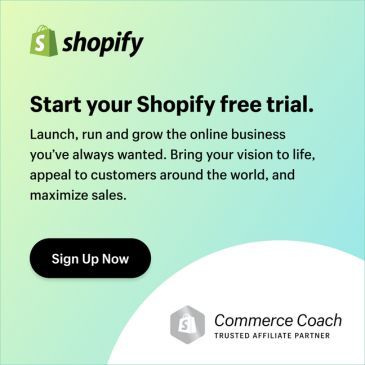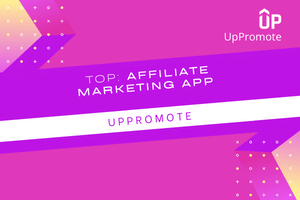Or go to our Shopify Theme Detector directly
Some Key Terms you Need to Know on Shopify [Apr, 2024]
Last modified: April 1, 2024
![Some Key Terms you Need to Know on Shopify [Apr, 2024]](https://shopthemedetector.com/blog/wp-content/themes/ShopBlog/assets/img/picture_placeholder.jpg)
There are lots of key terms that you will need to know within eCommerce. Not knowing these when you operate a Shopify store can sometimes leave you at a disadvantage. To better understand app descriptions and marketing blogs, it's important to be familiar with some of the key terms used. Here are a few to keep in mind.
| # | Name | Image | |
|---|---|---|---|
| 1 |

|
Tidio Live Chat
|
|
| 2 |

|
Re:amaze Live Chat & Helpdesk
|
|
| 3 |

|
Gorgias ‑ Live Chat & Helpdesk
|
|
| 4 |

|
Maisie AI eCommerce Chatbots
|
|
| 5 |

|
WhatsApp Photo Reviews Chatbot
|
|
| 6 |

|
Formilla Live Chat
|
|
| 7 |

|
AI Chatbot Shopping Assistant
|
|
| 8 |

|
Relish AI Chatbot, Quiz, FAQ
|
|
| 9 |

|
ProProfs Chat - Live Chat & Chatbot
|
|
| 10 |

|
Chatbot and Order Tracking
|
|
| 11 |

|
Wizybot ‑ ChatGPT Chatbot
|
|
| 12 |

|
Facebook Messenger Bot
|
|
| 13 |

|
Floplug ‑ Live chat & Support
|
|
|
Show More
|
|||
A Quick List of the Key Terms on Shopify
Here is a quick list of the key terms that you will need to know before you start your Shopify store. This can help you make decisions when purchasing an app whether that is an email marketing app, social media app or something else.
- Call to Action (CTA) – This is a group of words that are used to get the customer or visitor to a website to take action that moves them along a purchasing journey. The call to action can be something like an email subscription request, add to cart or something else. You can add call to actions on your website to improve monetization of your website.
- Customer Acquisition Cost (CAC) – This is the cost it takes for the customer to go from unknown to the brand to a paying customer. It uses all the costs of the marketing and sales to get them there. For instance, if you used Facebook marketing and you spent $10 to get 1 customer, the Customer Acquisition Cost is $10 per customer. If you’ve got 100 customers from $20,000, then the customer acquisition cost is $200 each.
- Profit Margin – This is the cost that is given to the sale of a product without factoring in the shipping costs. This covers the cost to manufacture or buy in the product. Profit margins should generally be about 40-60% of the retail cost of the product.
- Website Speed – The website speed is how long it takes for a web page to download and display on a browser. Website speeds can vary a lot. When a server is within the US, the speed to the local audience is always going to be quicker than those in Australia and the UK. In addition, other factors like the device can play a massive factor when it comes to website speed. There are numerous ways to improve website speed, including using this app.
- Bounce Rate – This is the number of visitors to your website that visit just one page and then leave. The bounce rate for any website should be less than 40% if possible. However, there are lots of websites that have high bounce rates. You can reduce bounce rates by improving content or using ‘Call to Actions’ to move customers from one page to another.
- Abandoned Cart – This is when a customer has added one or numerous products into a cart and then left your store without completing the transaction. About 80% of your customers will do this. You can use abandoned cart emails to bring them back. But even the best campaigns will only bring back about 20% of abandoned carts.
- Customer Retention – Customer retention is the number of customers who’ve bought from you more than once. For instance, if you have 100 customers and 80 come back, then you have an 80% customer retention.
- Customer Lifetime Value – The amount of money that a customer spends with your brand before leaving is known as the customer lifetime value. For instance, if a customer buys five times from you at $50 each, they will have a customer lifetime value of $250.
Conclusion: Some Key Terms you Need to Know on Shopify
Newcomers to eCommerce and Shopify may encounter unfamiliar terms. Here are some key terms to be aware of. Understanding and applying these to your website might be a good way for you to have a better understanding of what an app does and how you can improve your store’s performance. The above terms are those that you need to know most about.
-
How do I effectively use CTAs in my Shopify store?
Effective CTAs should be clear, compelling, and strategically placed. They guide customers towards desired actions, like making a purchase or signing up for newsletters.
-
What are effective ways to reduce customer acquisition cost on Shopify?
Reducing CAC involves optimizing marketing strategies and improving conversion rates. Focus on targeted advertising, efficient use of social media, and enhancing the user experience.
-
What is a good customer lifetime value for a Shopify store?
It varies, but it should reflect significant profit over the customer’s engagement period. Aim for a CLV that is several times higher than the acquisition cost to ensure profitability.

 PageFly Landing Page Builder
PageFly Landing Page Builder  Shopify
Shopify  SEMrush
SEMrush  Website Maintenance
Website Maintenance  UpPromote
UpPromote